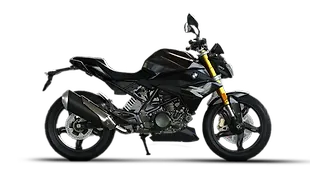
- 3D printed prototype chassis and swingarm for the BMW S1000RR.
- Built using a technology called additive manufacturing.
- High-quality, skeleton-like structure.
BMW Motorrad has revealed a prototype S1000RR 3D printed chassis and swingarm at the BMW Group Digital Day held in Spain.
The entire frame is built using a technology called additive manufacturing. 3D printing generally uses plastic; however, this frame has been made using thin layers of molten metal. While the manufacturer has not revealed the material, it is likely to be aluminium.

The 3D printed parts are determined by a digital dataset and take shape layer by layer in forms that are near impossible to build using a conventional casting process. The chassis consists of flowing lines and looks like an exo-skeleton rather than a traditional frame.
BMW says that the manufacturing process is quick and it also ensures that the standard of quality is maintained. The company already uses a similar process called metal powder laser melting to build parts for the BMW i8 Roadster and a few Rolls Royce cars.
The process of 3D printing is cost effective, fast and provides higher freedom of design as compared to traditional methods. However, so far it has only been used to build prototypes. It might be a while before the technology reaches mainstream motorcycle production however, we can expect high-end superbikes to start utilising specific components using 3D printing.

![BMW S1000 RR [2017-2018] Image BMW S1000 RR [2017-2018] Image](https://imgd.aeplcdn.com/272x153/bw/models/bmw-s1000rr.jpg?20190103151915&q=80)
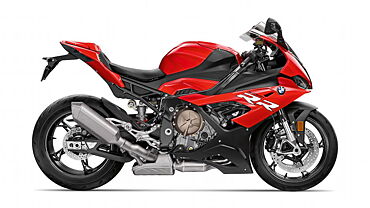







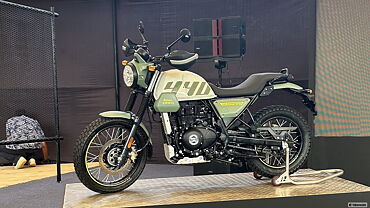
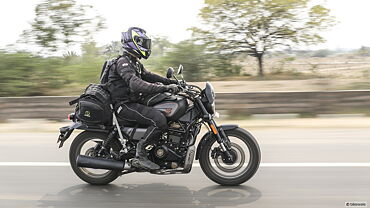
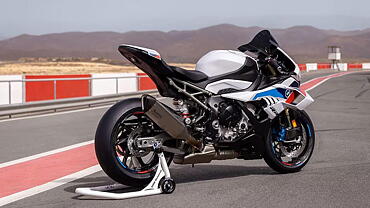

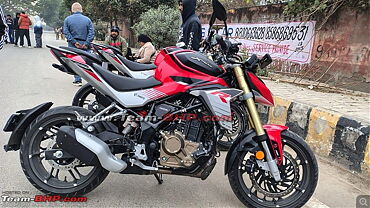

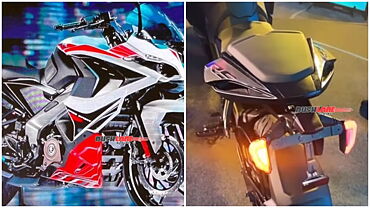
![BMW S1000 RR [2017-2018] Side BMW S1000 RR [2017-2018] Side](https://imgd.aeplcdn.com/199x112/bw/ec/29546/BMW-S1000-RR-Side-99225.jpg?v=201711021421&q=80)
![BMW S1000 RR [2017-2018] Side BMW S1000 RR [2017-2018] Side](https://imgd.aeplcdn.com/199x112/bw/ec/29546/BMW-S1000-RR-Side-99249.jpg?v=201711021421&q=80)
![BMW S1000 RR [2017-2018] Rear Three-Quarter BMW S1000 RR [2017-2018] Rear Three-Quarter](https://imgd.aeplcdn.com/199x112/bw/ec/29546/BMW-S1000-RR-Rear-threequarter-99242.jpg?v=201711021421&q=80)
![BMW S1000 RR [2017-2018] Rear BMW S1000 RR [2017-2018] Rear](https://imgd.aeplcdn.com/199x112/bw/ec/29546/BMW-S1000-RR-Rear-99243.jpg?v=201711021421&q=80)
![BMW S1000 RR [2017-2018] Rear Three-Quarter BMW S1000 RR [2017-2018] Rear Three-Quarter](https://imgd.aeplcdn.com/468x263/bw/ec/29546/BMW-S1000-RR-Rear-threequarter-99244.jpg?v=201711021421&q=80)

